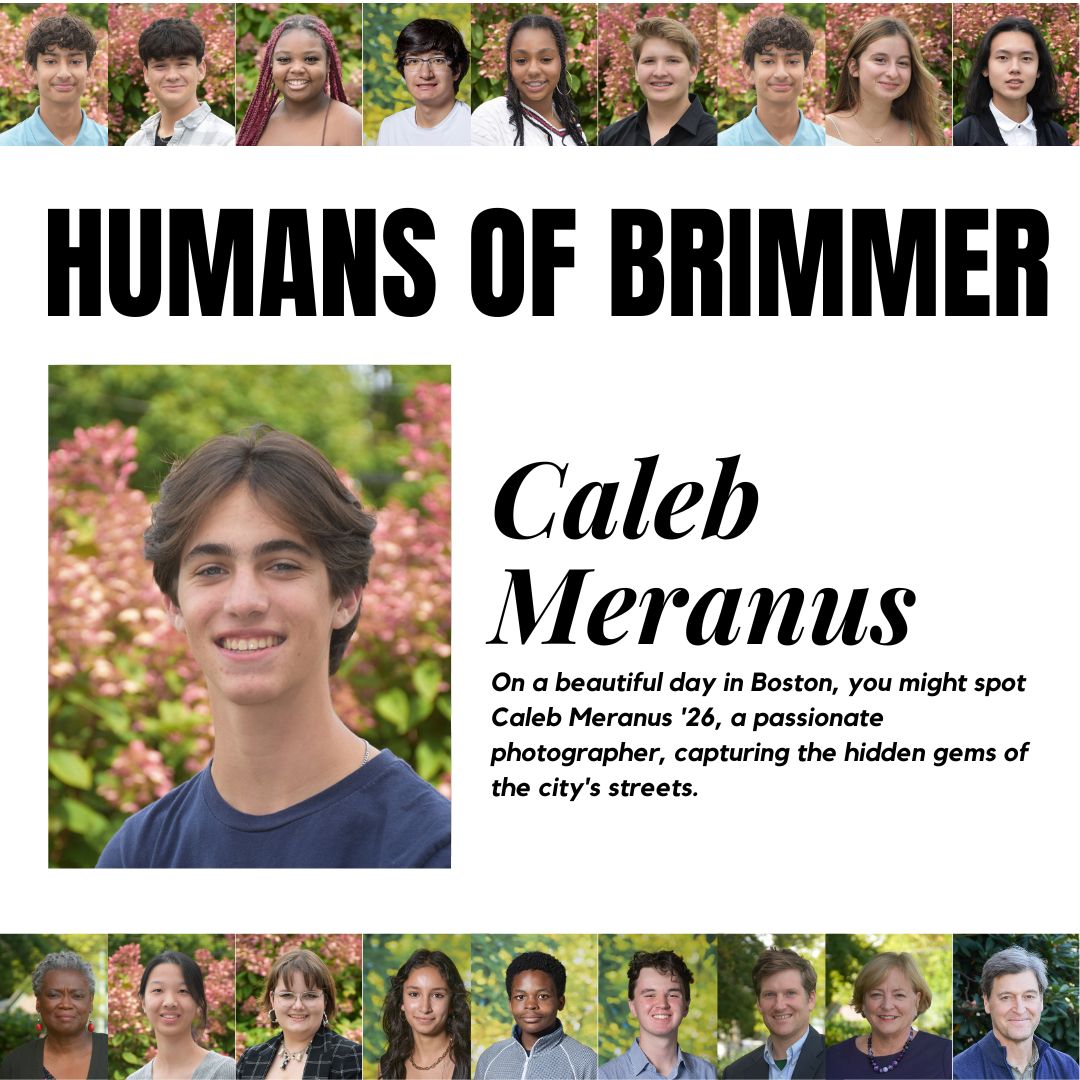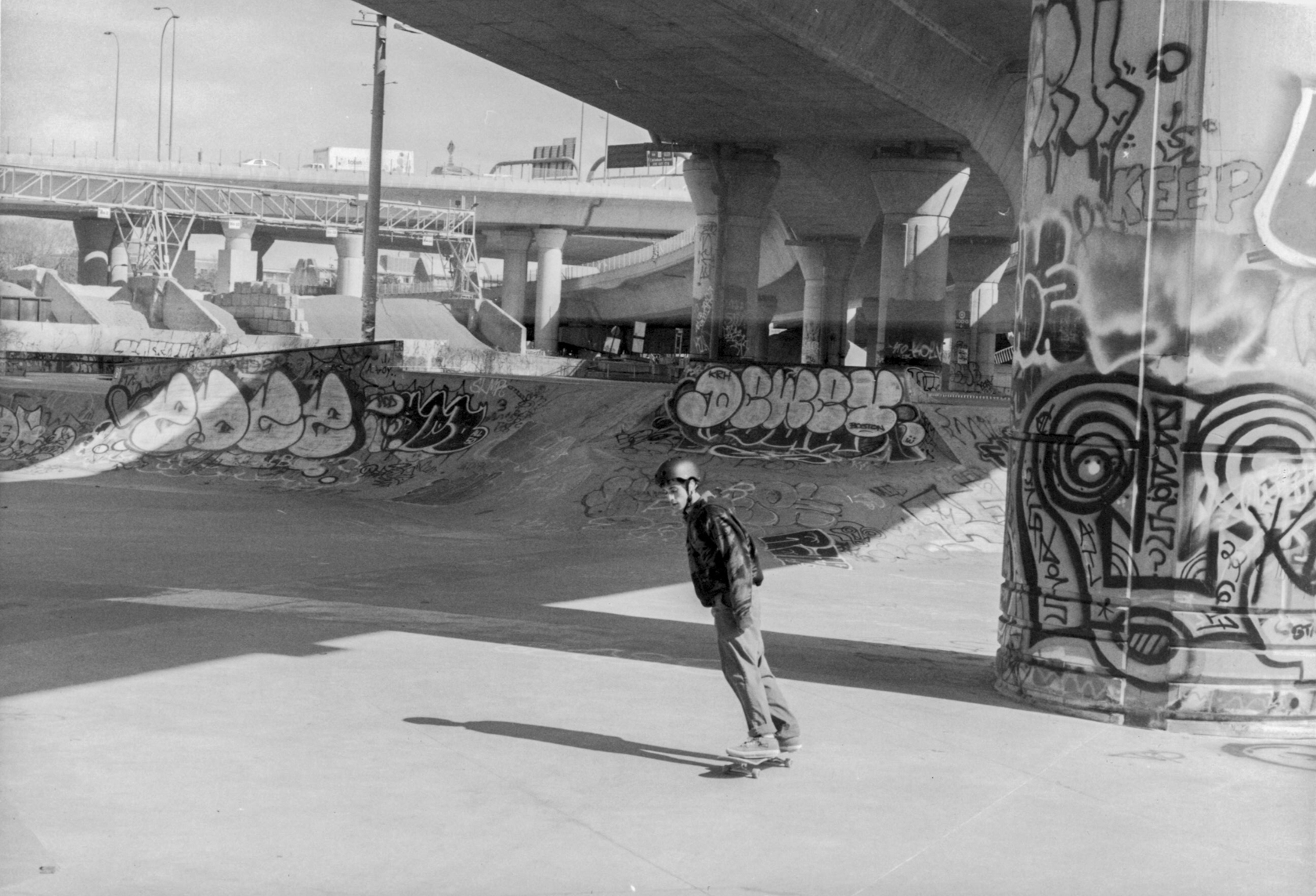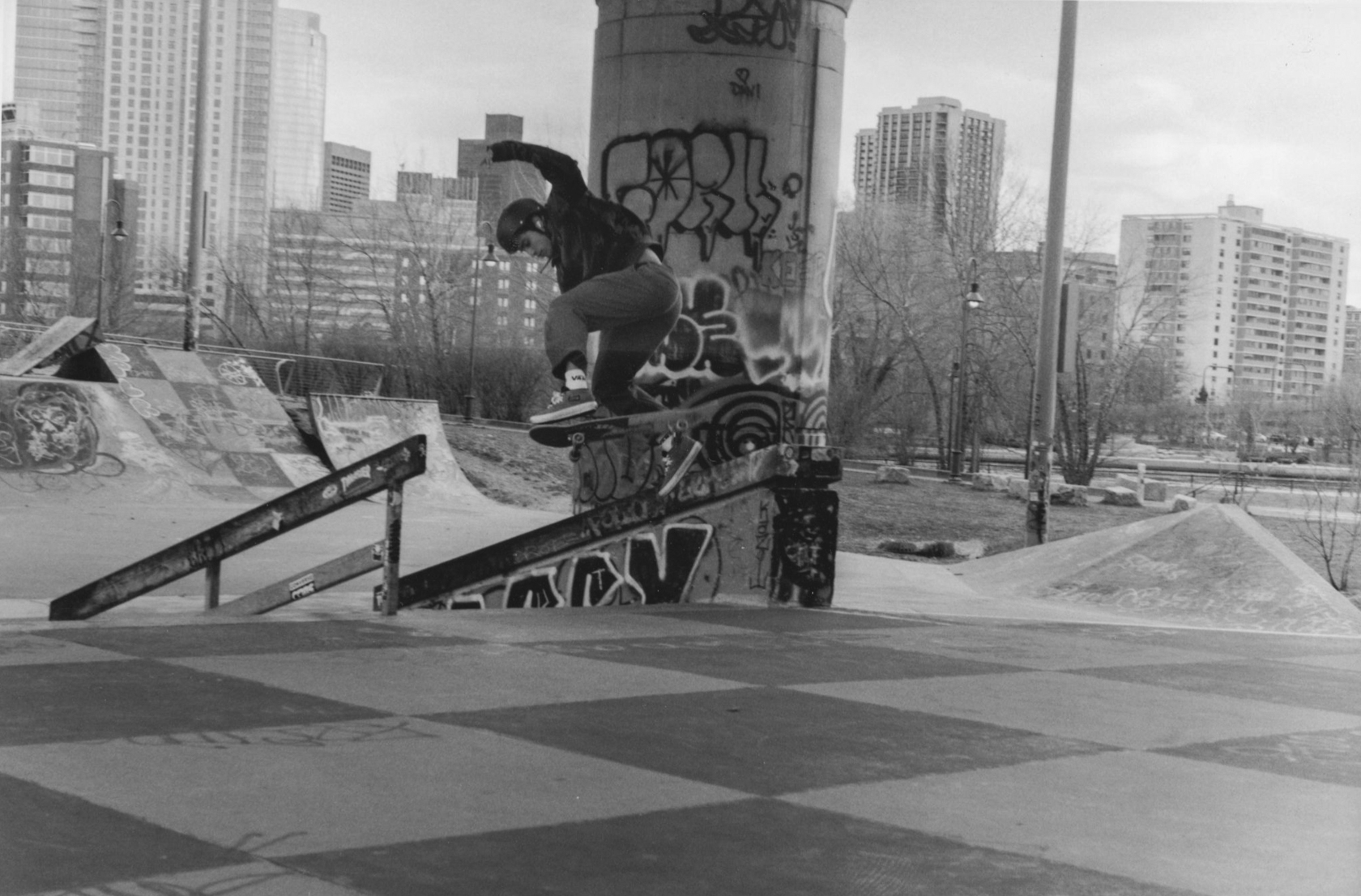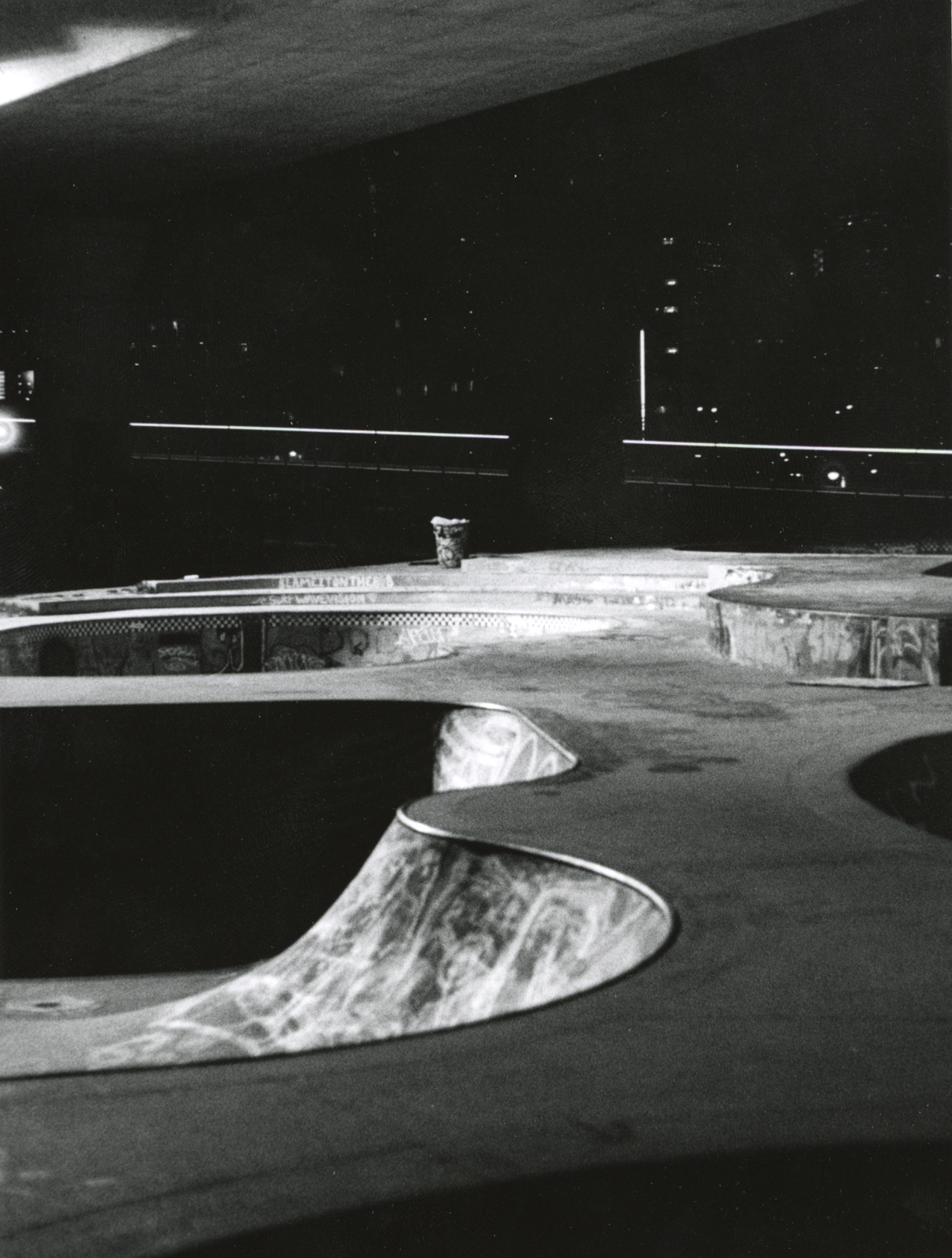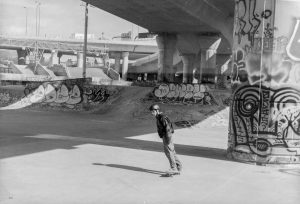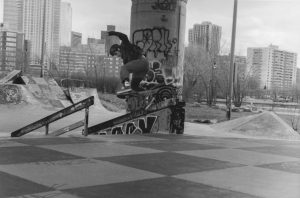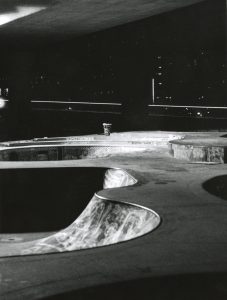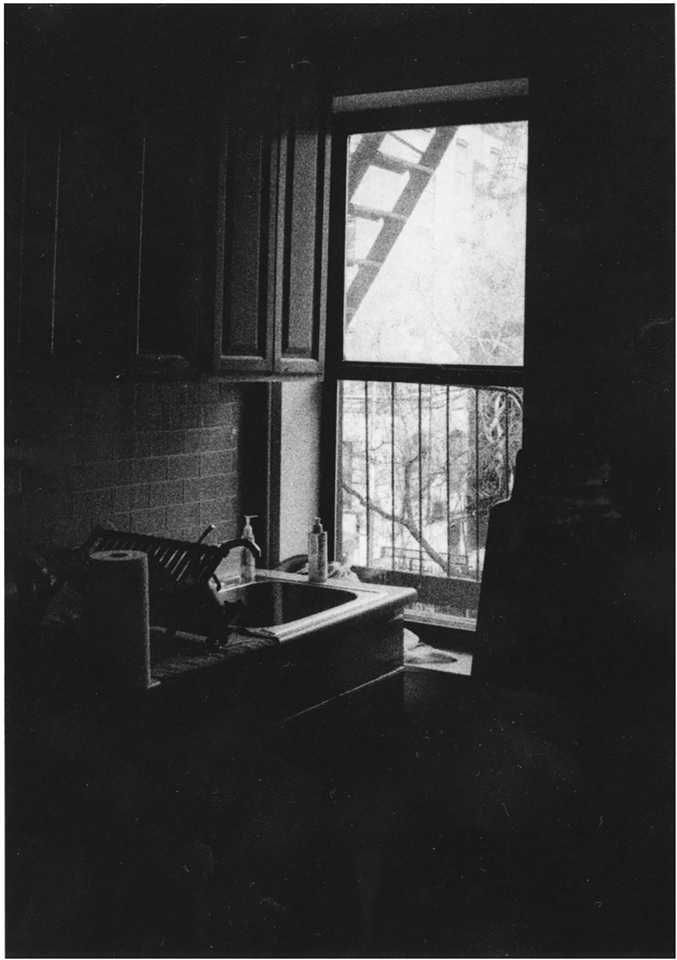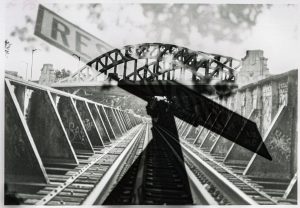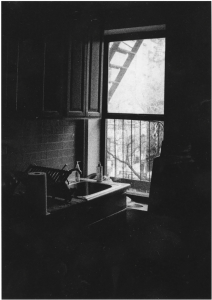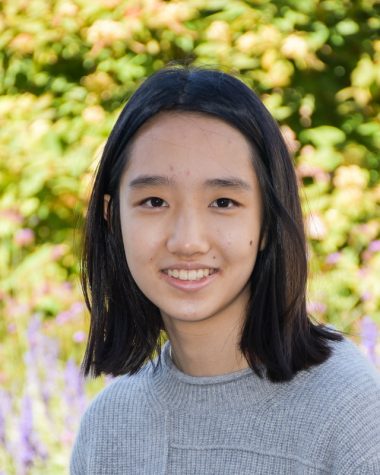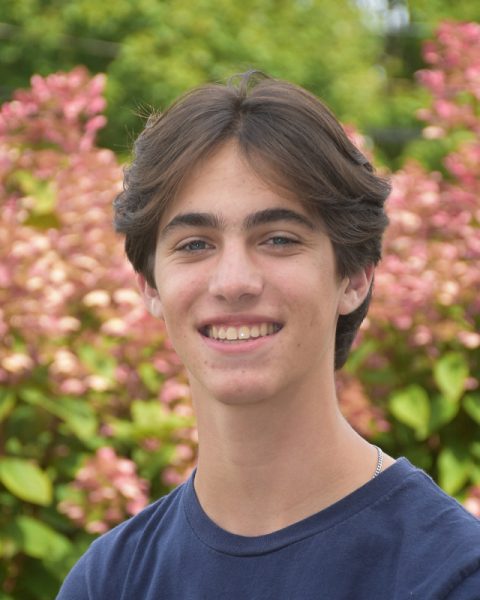On a beautiful day in Boston, you might spot Caleb Meranus ’26, a passionate photographer, capturing the hidden gems of the city’s streets.
“When it comes to shooting, I usually spend a lot of time scouting Boston forums, looking for places that I haven’t really been, talking to people on the street, trying to find usually abandoned spots,” Meranus said.
Meranus strongly identifies with the principles of street photography, viewing each shot as an act guided by intuition.
“I just know that I think it’s right to take a picture of something, as opposed to knowing why.”
He started to get into photography in his late middle school years.
“Around eighth grade, I started just picking up digital cameras, messing around with those,” Meranus said. “Halfway through ninth grade, I really started looking into film and talking with photo teachers to start learning and understanding.”
Meranus frequently explores the work of other photographers to spark his own creativity. This inspires him to experiment with new film types and venture into different styles.
“I take a lot of inspiration from a couple people, especially one person named Jason Kummerfeld,” Meranus said. “I spend a lot of time looking at his content, what he puts out, and his process itself.
When it comes to film, Meranus shoots on a couple cameras, mainly on Canon EOS, Elanto for a 35mm, or a Mamiya 645, 1000S.
“The Canon one is a lot easier to use,” he said. “It has autofocus, it does all the exposure itself, so I’m able to use that for more quick street photography.”
The Mamiya was built around 1980.
“It shoots medium format film, which is a lot bigger than traditional film, so it allows me to get a much more beautiful look and resolution to my pictures,” Meranus said. “I mostly use that for landscapes, because it’s very heavy, about a five-pound camera.”
More recently, he has been shooting on a school camera, a Pentax K1000, for homework assignments.
He attributes a portion of his success to Tizianna Rozzo, the School’s new darkroom photography teacher.

Rozzo often introduces various artists to Meranus, providing him with fresh sources of inspiration for his distinctive style.
“I spent the first couple weeks in the class in this void of style, where I was just doing a little bit of everything,” Meranus said. “Ms. Rozzo helped me really refine that into the things that I really focus on now. At the beginning of the year, Ms. Rozzo saw the direction I took stylistically. She’s been super helpful in kind of giving me creative freedom to explore new things.”
In darkroom photography, a year-long course, students typically spend the first semester learning to use a film camera and navigate the darkroom. In the second semester, they generally become more independent, focusing on developing a personal project that incorporates the techniques they’ve learned.
The ultimate goal of the class is to create a portfolio—a series of images that tells a story or addresses a topic the students are deeply interested in.
Rozzo describes Meranus as a “technically skilled student” who was capable of using the darkroom and printing his own projects right from the start of the course.
“Technically speaking, he knew what he was doing,” Rozzo said. “Content speaking, he has some interests and I just helped him a little bit by finding exactly what he was interested in photographing. It was a pleasure for me to actually see him grow through the semester. I think what happened is that he discovered his voice.”
Rozzo enjoys Meranus’ visual aesthetic.
“Photography is a very democratic media,” Rozzo said. “But not everybody can really take a good photograph or a photograph that shows who the photographer is. Caleb is really moving towards that direction. You can see what kind of sensibility he has through his image. It is beautiful when you know what you are doing and what your voice is because then you can use it. He is sharing images that are places that you recognize but seen in the way he sees them. So they become little poems.”
Rozzo also appreciates Meranus’ willingness to assist his peers.
“What I really like about Caleb is not only the fact that he is passionate and focused on his work, but he is also able to be part of the community as a whole and help other people,” she said. “That is very important in photography because we share information, discovery and passion.”
Meranus was recently recognized at the Small Independent School Art Competition (SISAL), which includes around 13 schools from the greater Boston area. Caleb’s darkroom print, “La Salle Street,” earned second place.
Rozzo attributes Caleb’s success to his excellent techniques in printing in the darkroom.
“It is not easy, it doesn’t come naturally. You have to be very precise and attentive in what you are doing. You have to be able to create a good negative before you can print a good print.” Rozzo said.
“Caleb was able to actually print large, bigger than 8X10,” she said. “For that, a whole sort of challenge comes into play and he was able to smoothly overcome all of them. That also makes him a confident printer and the print is beautiful.”
Nolan Suraci ’26, who has witnessed Meranus’ photography journey, applauds his hard work and expertise. Suraci admires Meranus’s exploration of film, his technique with light, and his distinctive style of layering two photographs into a single image.
“I think Caleb spends a lot of time learning about new styles of photography and challenging his work,” Suraci said. “Through his Instagram and through CAP, he’s able to really explore all different varieties of photography.”


